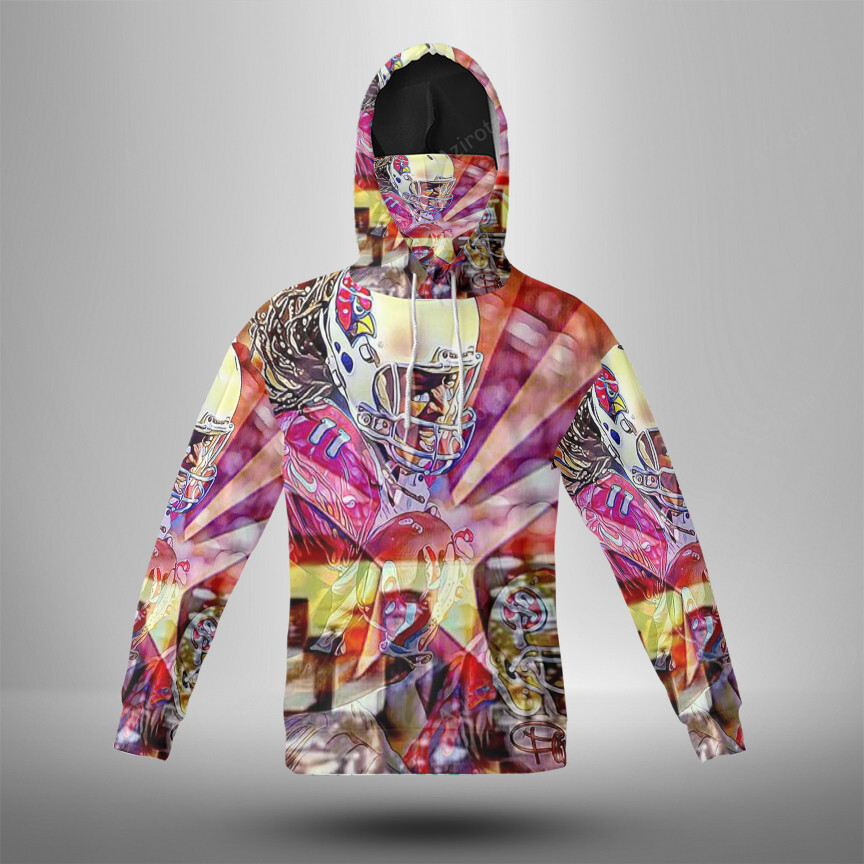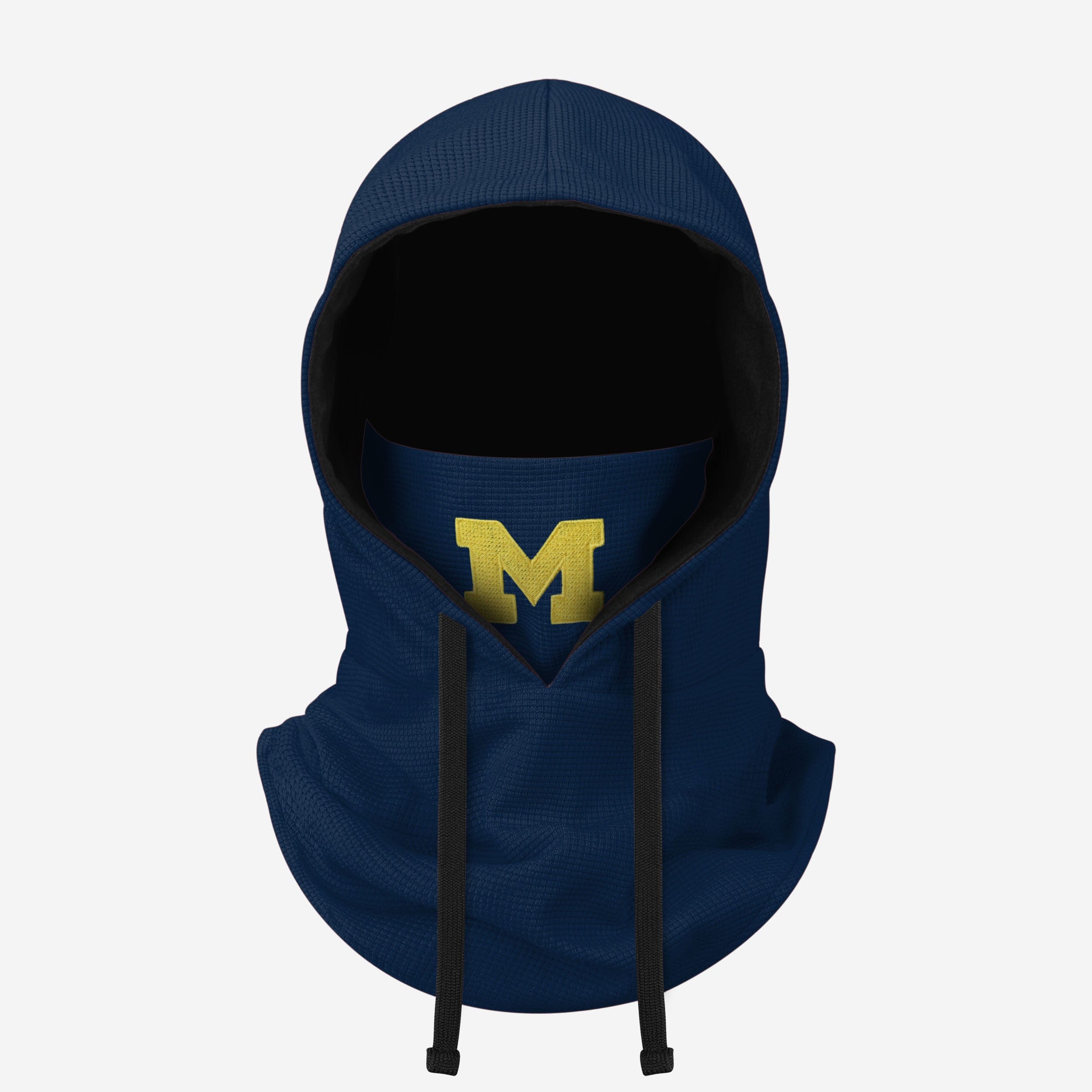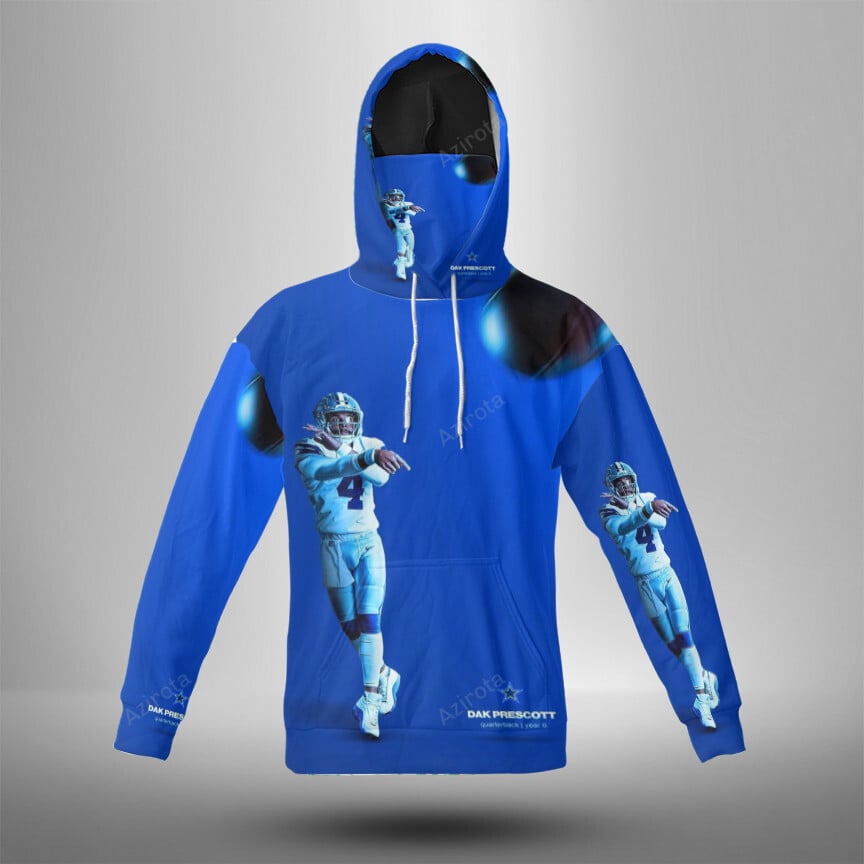The Enduring Power of Denim: More Than Just Fabric

Denim. The very word conjures images of rugged cowboys, rebellious teenagers, and effortlessly cool style icons. From its humble beginnings as a durable workwear fabric to its current status as a global fashion staple, denim has woven itself into the very fabric of our cultural narrative. But what is it about this seemingly simple textile that has allowed it to not only survive but thrive through decades of shifting trends and evolving aesthetics? The answer lies in its unique blend of practicality, versatility, and an undeniable aura of timeless cool.
Originally conceived in Nîmes, France (hence the term “de Nîmes,” which eventually became “denim”), this sturdy cotton twill was initially prized for its resilience and affordability. In the mid-19th century, Levi Strauss and Jacob Davis recognized its potential for outfitting American laborers, particularly those involved in the burgeoning mining industry. The addition of copper rivets to reinforce stress points marked a pivotal moment, giving birth to the iconic blue jeans that would soon transcend their utilitarian purpose.
The early 20th century witnessed denim’s gradual infiltration into mainstream culture. Initially associated with the working class and the rugged individualism of the American West, it began to shed its purely functional identity. Western films romanticized the cowboy image, and denim became synonymous with adventure and freedom. This association was further solidified during World War II, when denim overalls and trousers became standard issue for many factory workers and even some branches of the military.
The post-war era saw denim truly explode into the fashion consciousness. Embraced by youth culture as a symbol of rebellion and nonconformity, jeans became a staple of the burgeoning rock and roll scene. Icons like Marlon Brando and James Dean cemented their cool factor on the silver screen, forever linking denim with a sense of youthful defiance. The 1960s and 70s witnessed further experimentation with denim, as bell-bottoms, embroidered designs, and tie-dyed variations emerged, reflecting the era’s free-spirited ethos.
The decades that followed saw denim adapt and evolve in countless ways. Designer jeans entered the market in the late 1970s and early 80s, elevating the humble fabric to high-fashion status. Acid wash, ripped jeans, and various cuts and washes became defining trends of their respective eras. From skinny jeans to boyfriend cuts, from high-waisted to low-rise, denim has proven its remarkable ability to reinvent itself while retaining its fundamental appeal.
Today, denim exists in a myriad of forms, far beyond the classic five-pocket blue jean. Denim jackets, shirts, dresses, skirts, and even accessories are ubiquitous in wardrobes worldwide. The fabric’s inherent durability and versatility make it a practical choice for everyday wear, while its stylistic adaptability allows it to be dressed up or down to suit a wide range of occasions.
The sustainability aspect of denim is also increasingly coming under scrutiny. Traditional denim production can be resource-intensive, involving significant water usage and chemical dyes. However, the industry is slowly but surely embracing more sustainable practices, including the use of organic cotton, innovative dyeing techniques, and water-saving finishing processes. Vintage and upcycled denim are also gaining popularity as conscious consumers seek more environmentally friendly alternatives.
The enduring power of denim lies in its ability to straddle the line between timelessness and trendiness. It is a fabric that feels both familiar and fresh, comfortable and stylish. It carries with it a rich history and a multitude of cultural associations, yet it remains a blank canvas for individual expression. Whether it’s a perfectly worn-in pair of vintage jeans, a chic denim jacket, or a contemporary denim dress, this versatile fabric continues to be a cornerstone of modern fashion, a testament to its enduring appeal and adaptability. Its story is far from over, and as fashion continues to evolve, denim will undoubtedly continue to be a powerful and relevant force in our wardrobes for generations to come.







